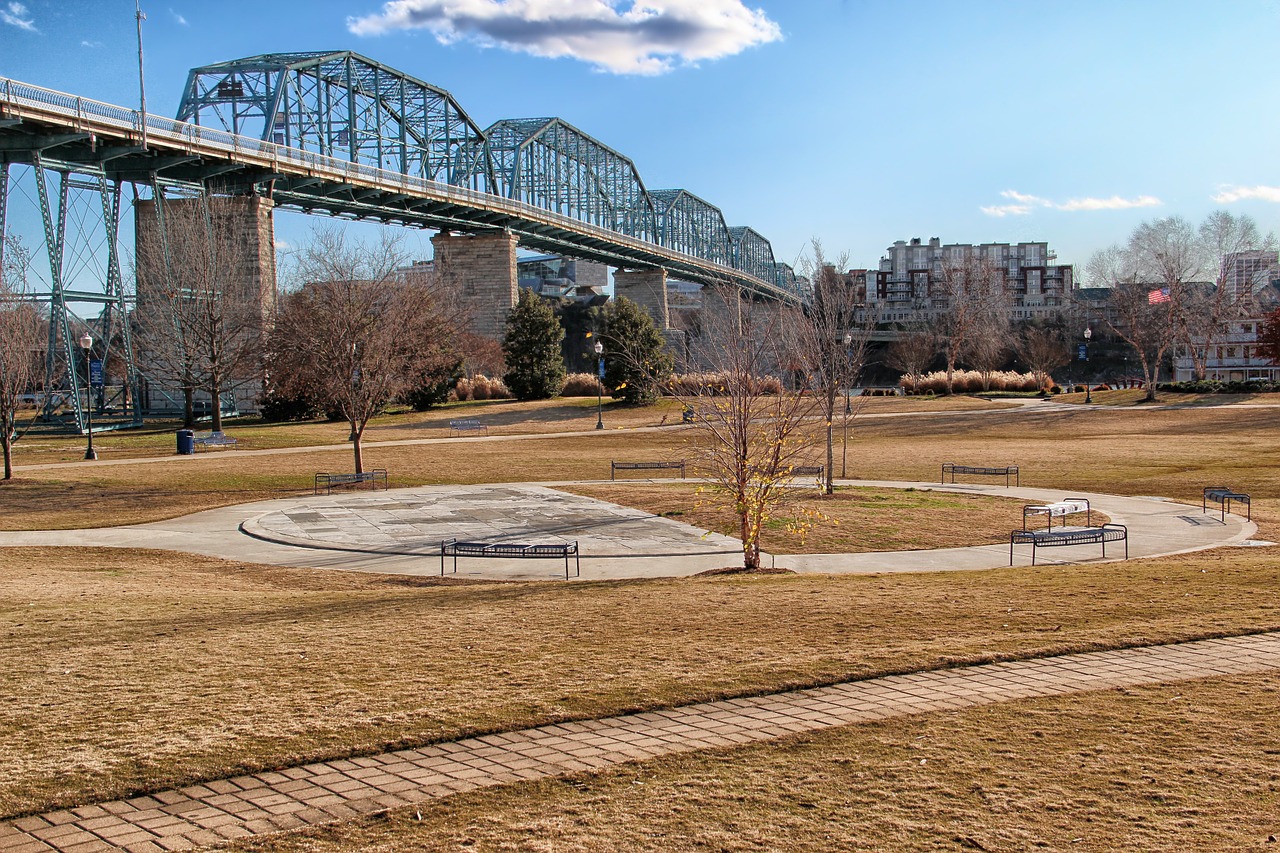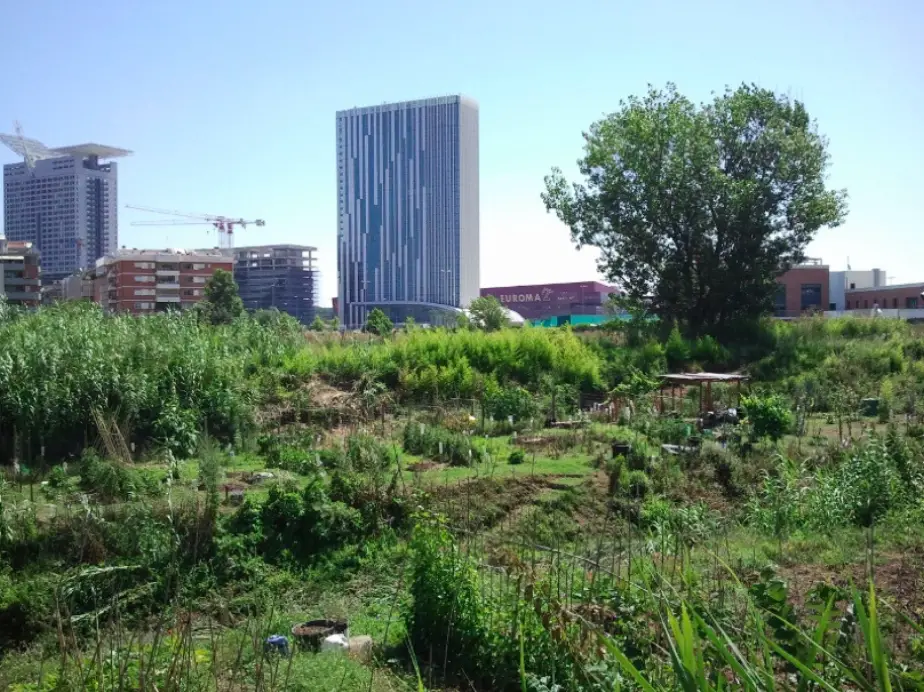Upending Urbanism: How New Postgraduate Programs are Revolutionizing the Way We Create Cities
Today’s realm of urban possibilities has never been so expansive. Where once city enthusiasts might have explored passions for pedestrian-friendly streets and progressive zoning regulations, we now see previously marginal urban trends rising to the forefront of planning and design agendas. Placemaking, solar-powered post-impressionist bike paths, even embracing anarchy in the world of smart cities—it’s hard to have a conversation about what’s exciting in cities today without touching on some fascinating and innovative urban projects.
For students interested in becoming professional urban practitioners, postgraduate options have expanded similarly, perhaps in response to the changing landscape of urbanism. Educational options for would-be urban world-changers were once comprised of architecture, planning, design, and urban studies. Today, prospective students have the opportunity to pursue an MA or MSc in everything from Sustainable Environmental Systems to City Design and Social Science or Urban Strategies and Design.
These programs explore disparate themes but have several common elements, which mirror today’s particular brand of exploratory, creative urbanism. With an emphasis on “interdisciplinary” or “transdiscplinary” curricula, they embrace criticism, question the traditional tenets of urban planning, and encourage entrepreneurial design innovation. More than simply investigating the breadth of responses to urban issues such as lack of affordable housing, public space planning, and accessible transport, these programs engage with what is perhaps a more frustrating method: tireless exploration of the systemic nature of these problems themselves before proposing solutions. In short, these Master’s programs encourage the reconceptualization of everything from why we build cities to who really designs them, and for whom.
Urbanism is a dynamic field, particularly with regard to a recent surge in “smart city” technological integration with urban design and new strategies for sustainable development. The next wave of city-shapers must not only have traditional planning knowledge, but also a healthy skepticism for the rigidity of that very knowledge. Are programs that encourage this skepticism structured enough to produce graduates equipped to change our cities as we know them?
I recently spoke with Aseem Inam, Fellow at MIT’s Center for Ethics and Transformative Values. He is also the director of TRULAB: Laboratory for Designing Urban Transformation, and associate professor of urbanism and the program director at the Theories of Urban Practice Master of Arts program at Parsons School of Design Strategies in Manhattan. I contacted Dr. Inam so that I could understand more about the program as an example of new urban curricula, and to identify the void it fills in postgraduate courses.
Under Inam’s direction, the MA Theories of Urban Practice is carving a new arena for collaborative urbanism that prioritizes vigilant self-awareness and inclusive community dialogues as foundational elements of urban planning and design strategies. Through a two-year, 36-credit program, “students conduct original research and develop design strategies based on critical engagement with contemporary urban issues viewed through historical, theoretical, methodological, and analytical lenses.” The idea, Inam continues, is to “look at how you think about doing something, and how that intersects with the actual doing.”

A new wave of urbanists is beginning to raise questions as to who designs public spaces like New York City’s famous High Line, and for whom. Which communities do they benefit?
With 10-15 students in each cohort (the program only began in 2012) from diverse backgrounds, the MA offers students the opportunity to challenge themselves with their peers’ novel perspectives and questions, not unlike most postgraduate programs. What makes this program unique is that it relies on this process of questioning and dynamic exchange to shape studio time and inspire research topics.
“You practice by questioning,” Inam explains. “You question, but you create alternative practices. You create alternative ways of living.”
At times, conventional architecture, planning, and design programs treat cities as products instead of dynamic and multi-faceted organisms. “What is absolutely clear is that the most exciting ideas are from activists or advocacy organizations,” Inam says, and not necessarily from large architecture or design firms which may have a tendency to approach project implementation from a top-down perspective. Take it from someone who launched his career in these very firms.
“That’s not really international collaboration,” Inam continues, “that’s somebody with more resources and power coming in.” When he took his students to São Paulo for an interdisciplinary workshop on informal urbanisms, for example, they were required to learn Portuguese to encourage authentic integration and collaboration.
According to Inam, at its heart the focus of the program is to explore how “you empower your practice. You as a practitioner frame the problem, create the process of community partnership, and emerge with the strategies to make something different.” The successful students are tough, courageous, entrepreneurial, and critical—the goal is to create a new generation of urban leaders who will change how we shape future cities.
Dr. Inam is without a doubt spearheading a novel and controversial program at a school—Parsons—that is itself known as one of the most forward-thinking, cutting-edge design schools in the world. In other words, the environment is ripe for innovation. When students graduate from programs like this, they receive a Master’s of Arts or Science, and not a planning, design, or architecture credential. Will this inhibit their efforts to enter into the professional urban sphere?
Dr. Inam doesn’t think so—every design, planning, and architecture project is a team effort. Programs like the MA Theories of Urban Practice churn out strategists, community-building experts, writers, communications professionals and academics—who are also all urban practitioners trained on a curriculum that is centered on principles of progressive collaboration. Their future contributions to an array of urban projects and teams will only serve to ingrain creativity and innovation more deeply into the international culture of urban development.
Sophie Silkes is based in Montreal and writes about sustainable urban development, new cities, and urban inclusivity.
Photos: Kevin Jones and David Berkowitz


